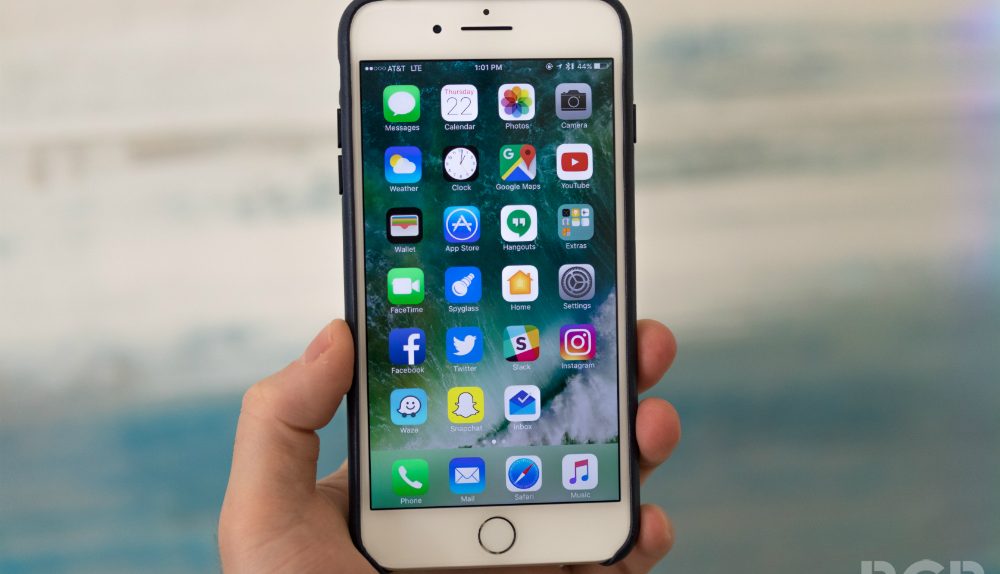Have we reached peak iPhone 7 already? Apple kicked off iPhone 7 sales almost two months ago and saw incredible demand in spite of critics, who said the device was a “boring” update. Apple sold out of initial stock rather quickly and struggled to meet demand both in the US and in the numerous other markets where the phone was released. But an Apple insider with a very good track record when reporting on Apple’s every move now claims that we’re already past peak iPhone 7, and sales will now begin to decline.
DON’T MISS: The 5 best new features coming to your iPhone in iOS 10.2
KGI Securities analyst Ming-Chi Kuo said in a note to investors that demand for the iPhone 7 and iPhone 7 Plus has peaked, and Apple’s suppliers will decrease their iPhone shipments by as 5% to 15% in November and December. Is the new iPhone boring after all?
“As the 4.7-inch iPhone 7, which accounts for a higher share of iPhone shipments, is in stock in the main global markets, we believe overall iPhone shipments have peaked,” Kuo said in the note seen by MacRumors. “We think iPhone shipment forecasts will be revised down due to: (1) lower-than-expected demand due to a lack of spec surprises in the 4.7-inch iPhone 7; and (2) shorter times for delivering online orders of 5.5-inch iPhone 7 Plus, which implies slowing demand. We note that the out-of-stock phenomenon also results from fixed capacity, and is not only due to robust demand.”
Kuo also said that the out-of-stock phenomenon that Apple experienced after the launch of the iPhone 7 can be explained by limited supply rather than robust demand. The analyst expects Apple sell fewer iPhones on-year in the fist quarter of 2017 due to lower-than-expected demand and increased competition in China.
Early reports indicated that Apple’s iPhone 7 launch may be comparable to the iPhone 6s’ launch last year. Apple, however, did not confirm these estimates, as it stopped announcing iPhone launch numbers. A different report a few days ago indicated that Android has been making gains at the expense of the iPhone. At the same time, however, there are more documented Android switchers than ever.








